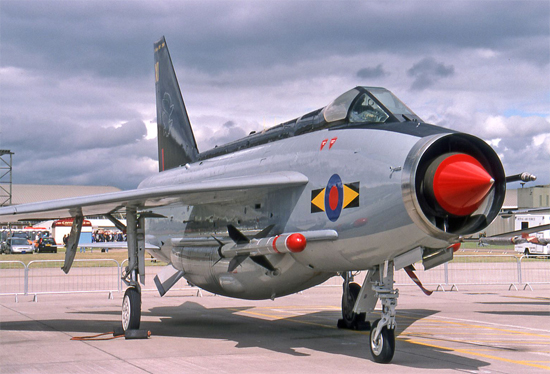To me it is amazing how British Commonwealth Government ministers were able to steamroller their professional military staffs when it came to decisions that eviscerated industrial infrastructure and R&D staffs, but could never do the same if there was a positive outcome to such meddling.
The best option, and there would be opposition to it, is for an agreement in 1958-9 for the RAF to purchase the Avro Canada CF-105 as its main air defence fighter for the British Isles, which would guarantee an adequate CF-105 production run. The CF-105 has much better range and avionics for the long-range interception role required by the North Sea. The RCAF will not purchase 112 second-hand F-101B aircraft from the USAF. I really see only two viable export customers for the CF-105, Japan in the early 1960s and Iran in the late 1960s. Both have long distances and large airspace to patrol.
The English Electric/BAC Lightening is purchased by both the RAF and RCAF for interceptor duties in Germany, and by the RAF for assignment to Cyprus and Singapore to replace the Gloster Javelin. Its production run (including exports to Saudi Arabia and Kuwait) is probably not much higher than OTL. The RCAF does not order the CF-104 Starfighter, and loses its export sales as well.
The Blackburn/Hawker Siddeley Buccaneer S2B is produced as RAF replacement for the English Electric Canberra and Hawker Hunter ground attack squadrons in the RAF and Avro Canada CF-100 in the RCAF. The CF-5 is not produced in Canadair, and with it exports as well. In addition to a second SAF Squadron, its export potential is not just the Luftwaffe, but possibly Norway (low-level strike capability on the Kola Peninsula), Venezuela (instead of CF-5 - oil money), India and Iran (in place of some early F-4 orders).
In Canada, Canadair will go under instead of Avro Canada and it is interesting to speculate about the future of the Orenda Iroquois engine. In the UK, BAC will be no worse off, and Hawker Siddeley in far better position. Moreover, key design and engineering staff in both countries will remain intact.
